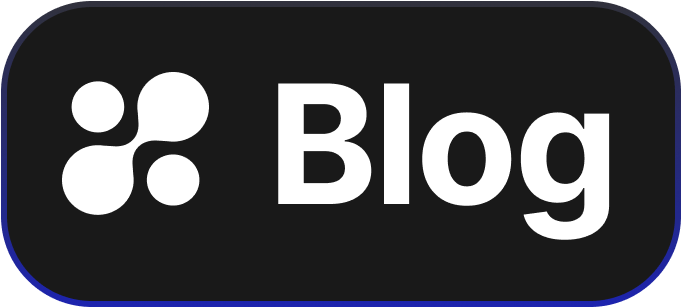Understanding Risk Management in a Demilitarized Zone (DMZ) for Technology Managers
Ensuring your company’s network is both secure and efficient is crucial. A strong point of focus for tech managers looking to bolster this security is learning about the Demilitarized Zone, or DMZ, and understanding how to manage risks associated with it. Let’s break down what a DMZ is, why it matters, and how you can leverage this knowledge effectively.
What is a Demilitarized Zone (DMZ)?
A Demilitarized Zone, in networking, is a physical or logical subnetwork that contains and exposes an organization's external-facing services to the internet. It's called a "zone"because it acts as a buffer between the internal network and the untrusted internet.
- Security Layer: A DMZ adds an extra layer of security, serving as a barrier to protect the internal network.
- Access Management: It allows controlled access to services that need to reach both the internet and the internal network.
- Separation of Services: The DMZ isolates services to reduce the risk to core networks and critical data.
Why Manage Risk in a DMZ?
Managing risk within a DMZ is all about keeping your company’s data safe while maintaining necessary communication with external users or partners. Here’s why it's important:
- Protect Sensitive Data: A DMZ protects sensitive information by isolating potential threats and minimizing attack vectors.
- Regulatory Compliance: Many industries require secure data handling and storage practices. A well-managed DMZ assists in meeting these obligations.
- Network Resilience: If any service within the DMZ is compromised, your core network remains secure, maintaining business continuity.
How to Develop a Risk Management Strategy for a DMZ
Creating an effective risk management strategy involves some key steps:
- Assess Potential Threats: Identify what services are exposed in the DMZ and their respective vulnerabilities.
- Implement Robust Firewall Rules: Establish strict firewall rules to control traffic between the DMZ and your internal network.
- Regular Monitoring and Updates: Continuously monitor network activity in the DMZ and keep software up to date to guard against new threats.
- Access Controls: Limit who can access DMZ resources and use authentication to verify access requests.
- Backups and Recovery Plans: Ensure you have reliable data backup systems in place and a clear recovery plan if a security breach happens.
Bringing Risk Management to Life with Hoop.dev
Creating a highly secure DMZ doesn’t need to feel daunting. Luckily, with tools like Hoop.dev, tech managers can streamline the implementation of risk management strategies with ease. Hoop.dev provides a platform that simplifies network supervision and risk assessment, allowing you to see network configurations live in minutes. This enables quick responses to threats, ensuring that your DMZ remains as robust as possible.
Enhance your network’s safety with the intuitive features of Hoop.dev and begin transforming your DMZ risk management strategy today. Connect with us to discover how our tools empower technology managers like you to maintain a vigilant defense against potential security threats.
